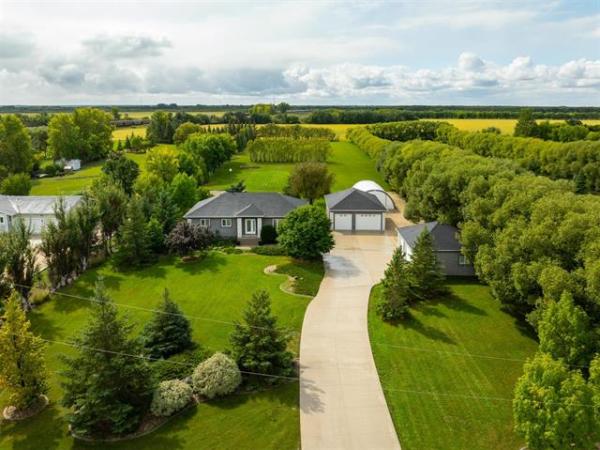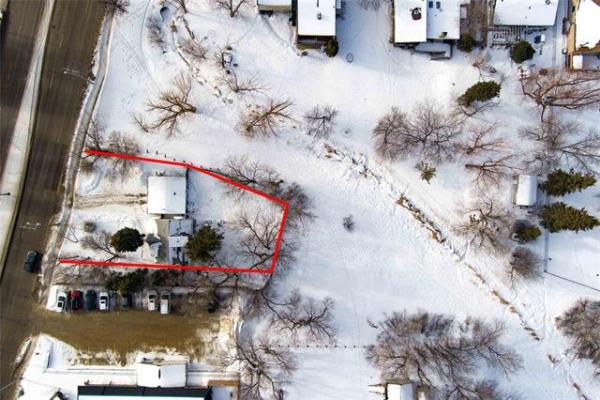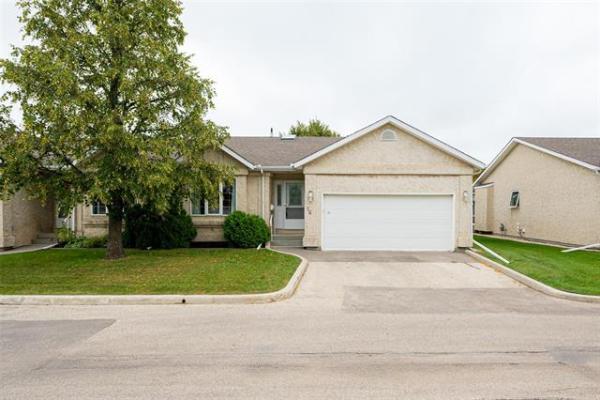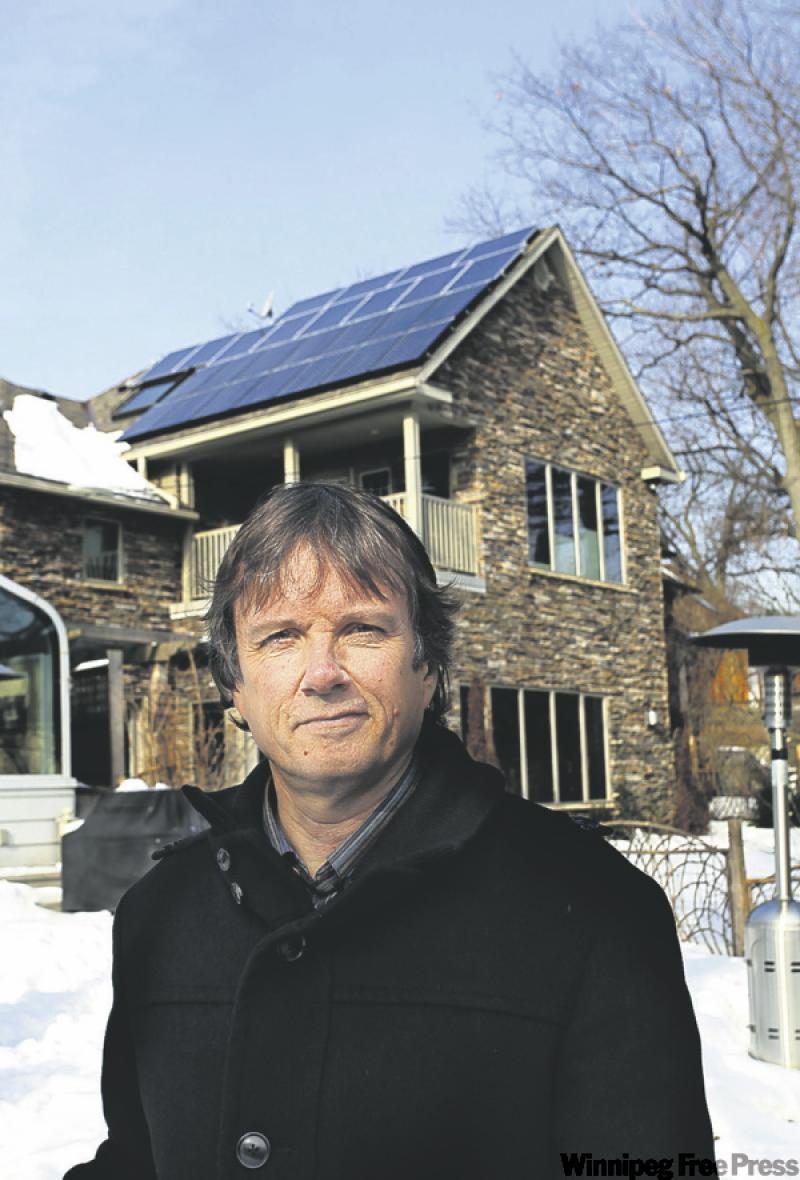
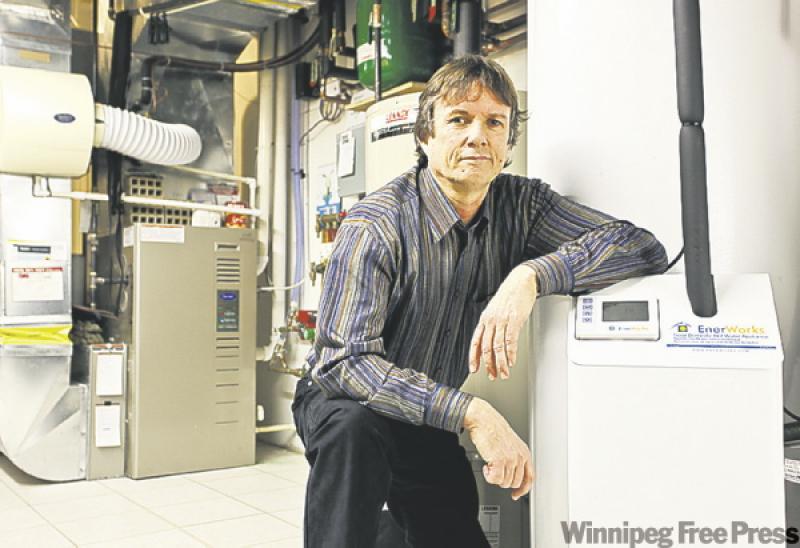
The elements that make Mike Brigham's home special aren't just the luxury items -- the gorgeous granite countertops and state-of-the-art home-theatre systems -- they're the things visitors can't see at all.
Brigham's home was built to R-2000 standards, designed to maximize energy efficiency and indoor air quality.
Every home built to the standard is certified by the federal government and managed by the Canadian Home Builders' Association, which works alongside Natural Resources Canada's Office of Energy Efficiency in support of the technology, builders (only specially licensed builders can construct R-2000 homes) and consumers.
In addition to ensuring the house is energy-efficient -- generally 30 per cent more efficient than a conventional home -- the standards restrict the use of materials that can have a harmful effect on the environment and air quality as a whole, such as certain paints and varnishes.
"I wanted to go farther than that," says Brigham. "So I ended up going up beyond R-2000 standards."
Brigham's home is now 65 per cent more efficient than an identical house built to conventional standards. He has gone solar for his hot water and electricity. He also installed a grey water heat-recovery system: When the shower or bath is running, instead of the emptying into the sewer, the water is put through a device that captures what otherwise would have been waste heat and uses it to preheat water entering the hot water tank.
"Between that and the solar hot water, our hot water tank has a pretty easy go of it -- to the point where, in the summer, the actual natural gas we consume is quite often less than $10 a month," says Brigham.
The semi-retired business owner and chairman of the board of the Toronto renewable energy co-operative, also installed high-tech windows, extra amounts of insulation and an energy-recovery ventilation system.
"It's hard to put into words the feeling of empowerment that you feel from (living green)," says Brigham. "It's amazing. It opens your eyes and it makes you realize, 'Holy smokes, there's another way to do things.' We don't all need to be living off electricity from big nuclear reactors and big coal plantss."
Increasingly, Canadians are renovating their homes along green guidelines. A complete gut-and-green isn't required to have an environmentally friendly house. Simply installing energy-efficient windows and door treatments can be one of the most cost-effective methods of achieving this goal.
Alex Wilson, author of Your Green Home, says other green renovation trends include choosing materials and products with low volatile organic compound (VOC) levels. Paints and varnishes with low VOC levels will emit fewer chemicals and result in better air quality.
Wilson notes some manufacturers of paints and finishes are also using bio-based components that are derived from plants or even milk.
For instance, a new product called Polywhey uses whey (a byproduct from cheese production) as a protein source in its chemistry.
"So essentially it's a byproduct of the agricultural industry," says Wilson. "And it creates a wonderful polyurethane-type finish."
While that product is truly green, Wilson advises homeowners to do research to determine which products truly meet green standards.
"Don't get green-washed," said Wilson. "There's a great number of claims being made today about the green characteristics of products. Every company is trying to position itself as a green manufacturer, and many of them are, but there are also companies out there who are significantly exaggerating those claims."
-- Canwest News Service

